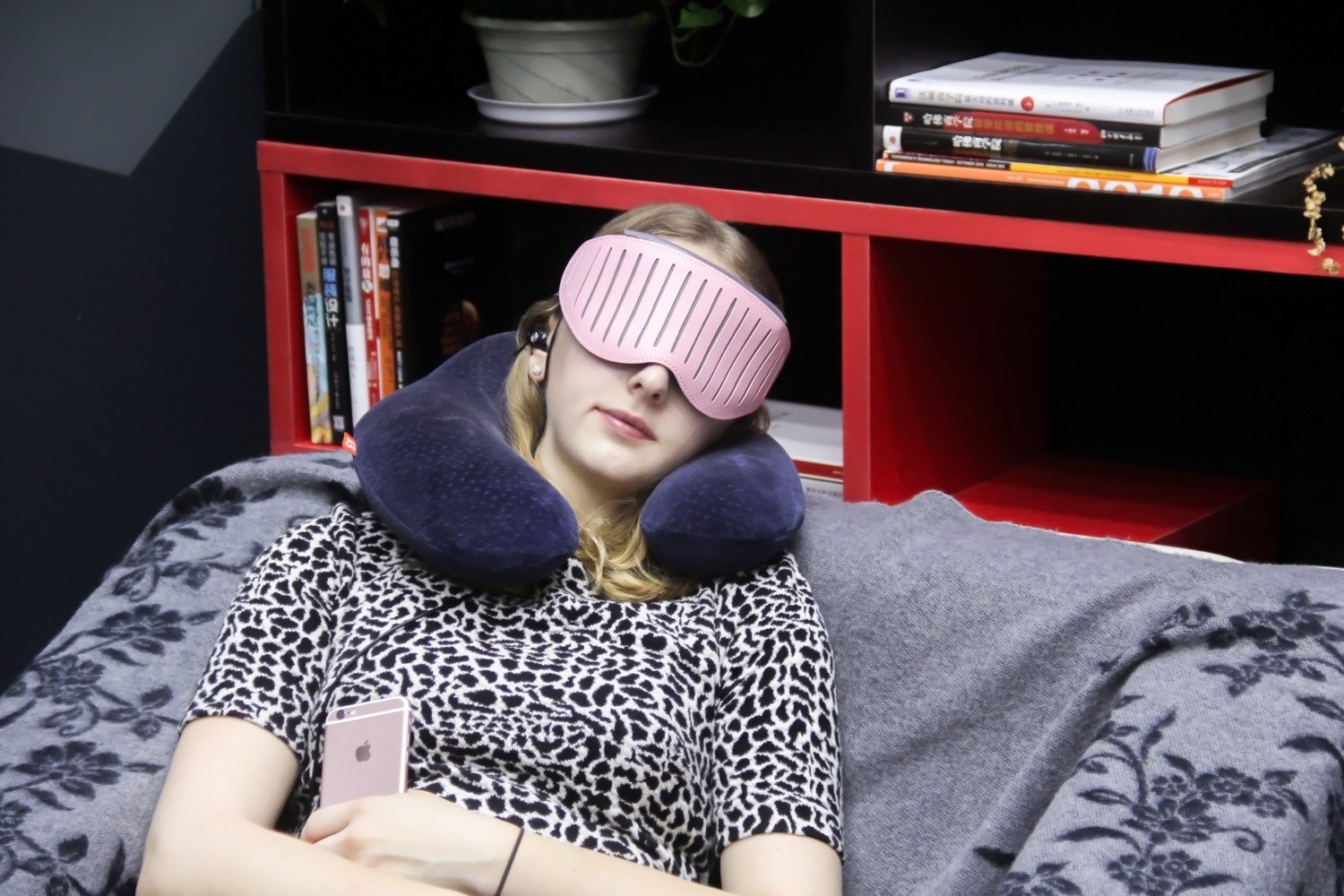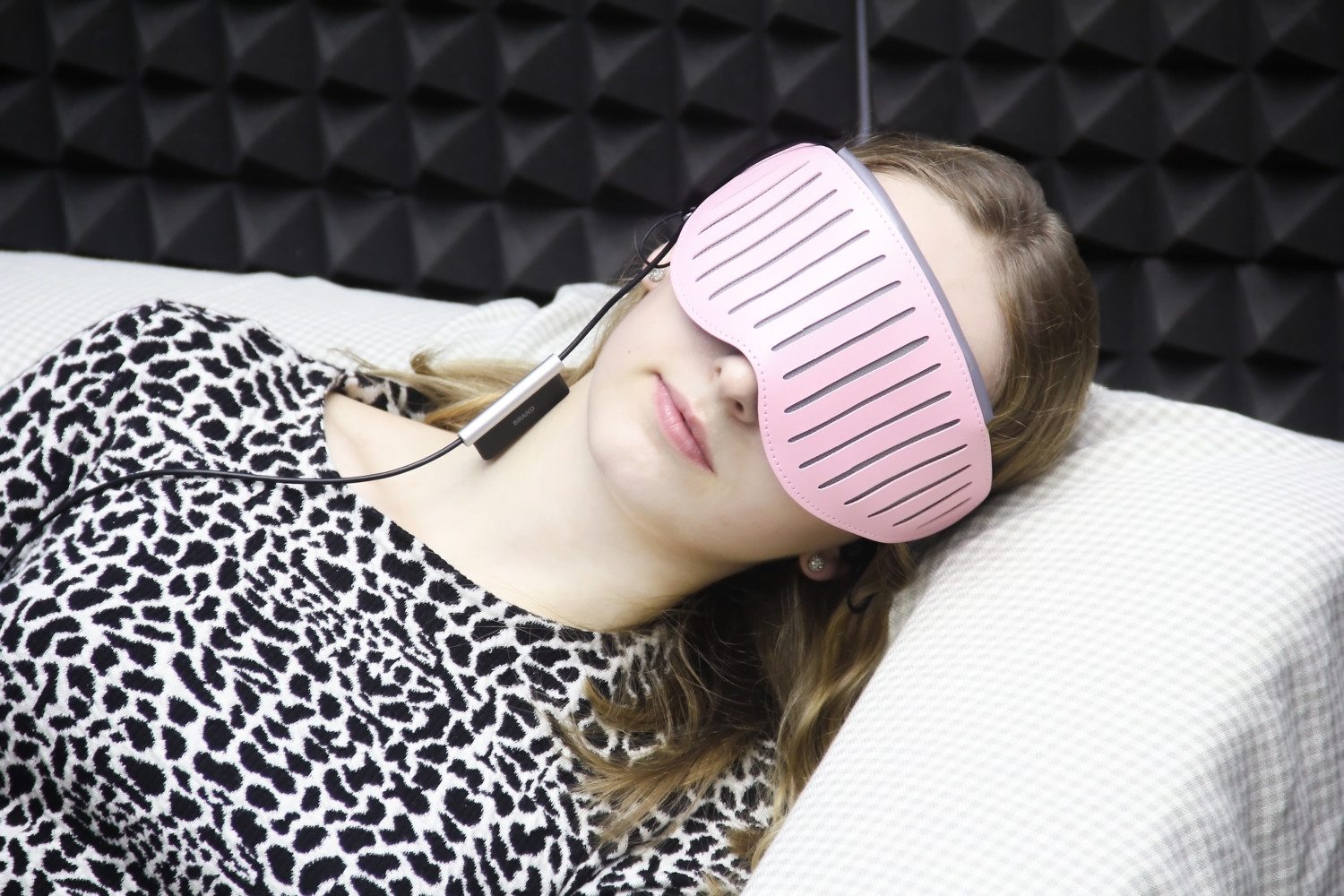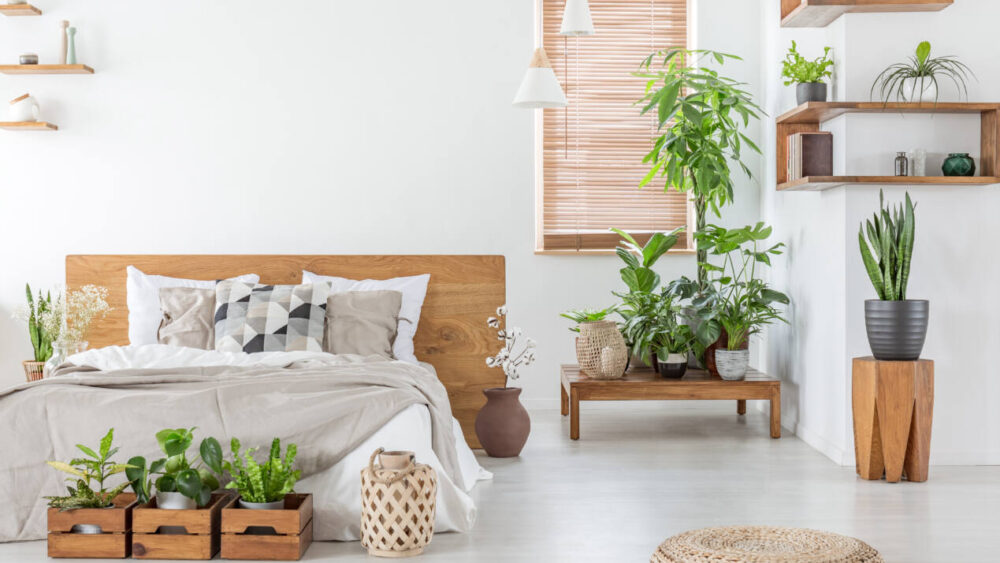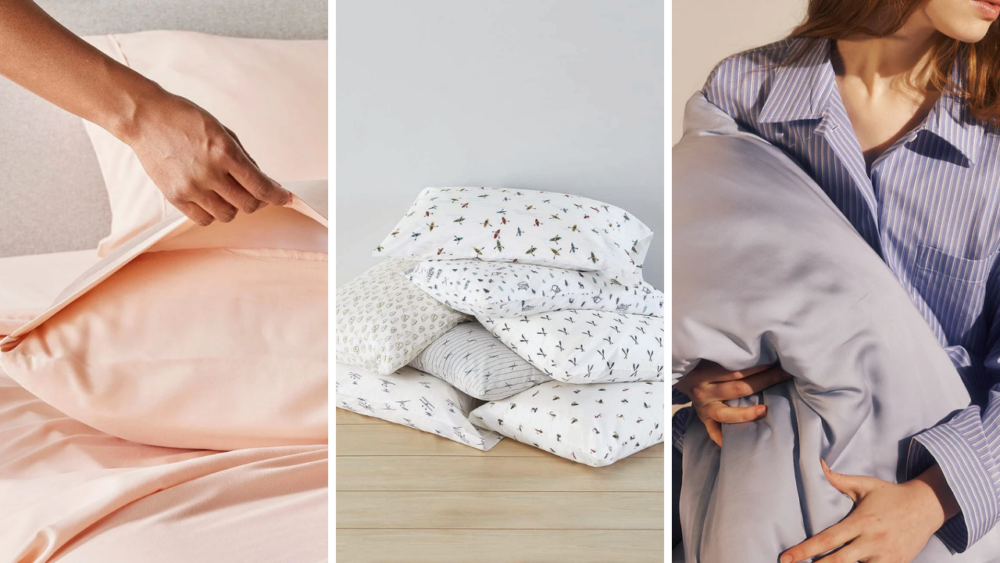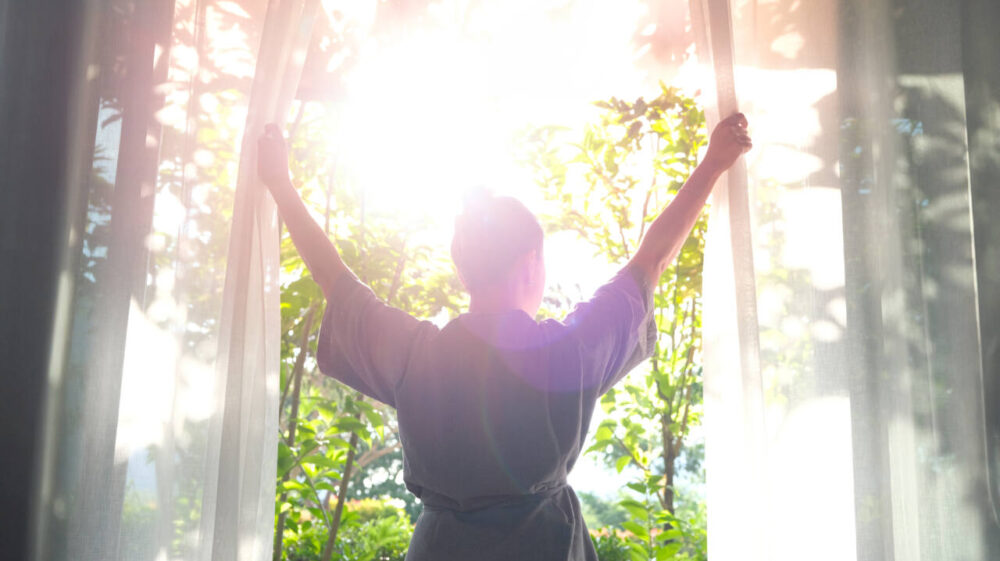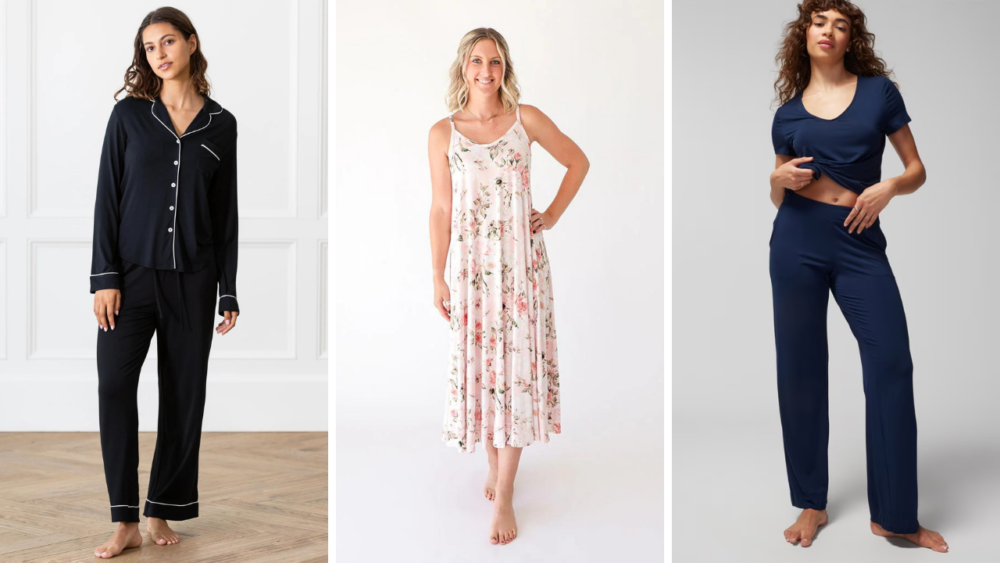This Sleeping Mask Knows When To Wake You From A Nap So You’re Not Groggy
On any given afternoon, you might wake up from a nap in a better mood and with your memory so sharp you could single-handedly win at “trivia night.” The next time you nap, though, you emerge from your snooze session completely disoriented and groggy wondering “Where am I?” and “What time is it?”
So, what gives? It turns out there’s a science to napping. But figuring out the algorithms of sleep rhythms isn’t necessarily something you want to even think about when you’re trying to take a break and get some quality shut-eye.
Rest easy. A high-tech sleep mask is hitting the market in May 2017.
The makers of this innovative mask called Naptime, which recently surpassed a $30,000 crowdfunding goal, say EEG (electroencephalogram) sensors in the mask’s technology detect your brain activity, waking you up at the ideal time in your sleep cycle so you feel refreshed, not groggy. Once they hit the market, the retail price will for the sleep masks will be $249.
Here’s how the company describes its “napshades”: They start with a comfortable, memory foam eye mask to block out all that daylight. Digital headphones will lull you to sleep with music from your own devices (i.e., smart phone) to “match” your brainwaves. “The intelligent music library will evolve over time as the app discovers which audio works best,” the company says. “You can also add your own favorite songs to the mix.” Once you’re asleep, white noise will fill the headphones.
But here’s what truly could set it apart: Naptime will wake you at the best point in your sleep cycle so you feel good when you open your eyes.
Oh, and as it turns out, there’s a best time of day for a nap, according to an article in the Washington Post. If you can, take your snooze between 1 p.m. and 4 p.m. Any later than that and it could make it too tough to fall asleep at night.


